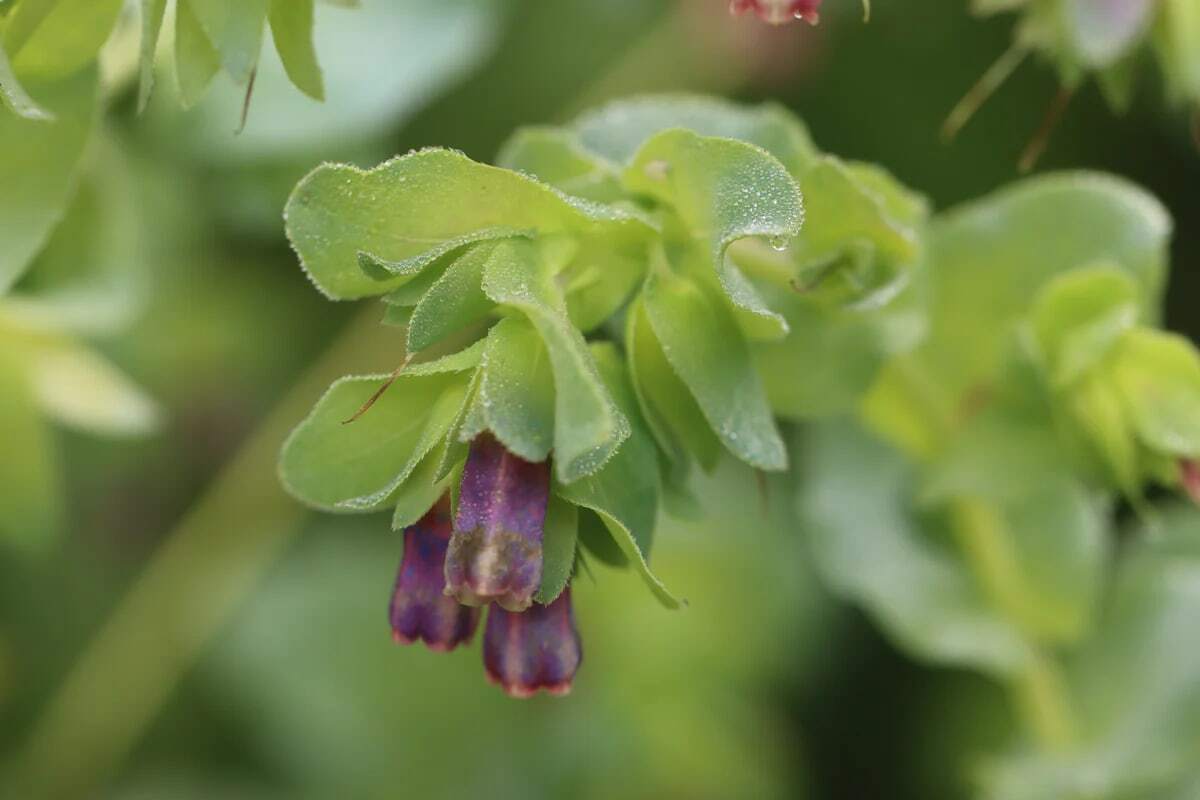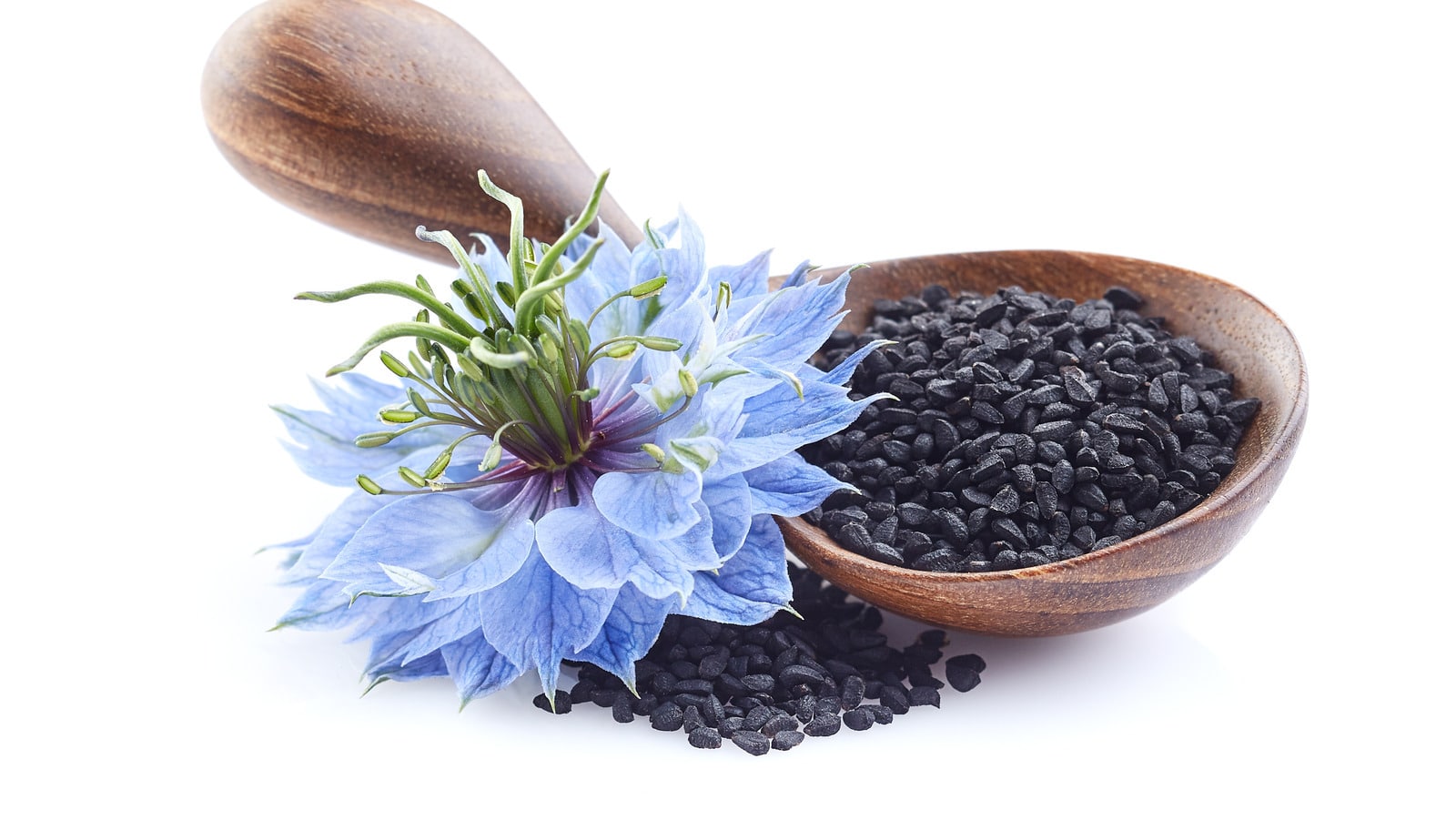
Honeywort, also known as Cerinthe major, is a captivating plant that often flies under the radar. But what makes this unique flower so special? Honeywort is renowned for its vibrant blue and purple blooms that attract bees and other pollinators, making it a gardener's favorite. This Mediterranean native thrives in sunny spots and well-drained soil, adding a splash of color to any garden. Beyond its beauty, Honeywort has a fascinating history and a variety of uses, from ornamental purposes to medicinal applications. Ready to learn more? Here are 19 intriguing facts about this remarkable plant that will leave you amazed!
What is Honeywort?
Honeywort, also known as Cerinthe major, is a fascinating plant with many unique characteristics. This Mediterranean native is beloved by gardeners for its striking appearance and easy care.
-
Honeywort is part of the Boraginaceae family, which includes other well-known plants like borage and forget-me-nots.
-
The plant's name, Cerinthe, comes from the Greek words "keros" (wax) and "anthos" (flower), referring to its waxy flowers.
-
Honeywort is an annual plant, meaning it completes its life cycle in one growing season.
-
The plant can grow up to 24 inches tall, making it a noticeable addition to any garden.
Appearance of Honeywort
Honeywort's unique look sets it apart from other garden plants. Its vibrant colors and interesting shapes make it a favorite among gardeners.
-
The leaves of honeywort are blue-green and have a slightly waxy texture.
-
Honeywort flowers are tubular and can range in color from blue to purple, sometimes even yellow.
-
The bracts, or modified leaves, surrounding the flowers are often more colorful than the flowers themselves.
-
The plant's stems are sturdy and can support the weight of its flowers without needing additional support.
Growing Conditions for Honeywort
Understanding the ideal growing conditions for honeywort can help ensure a healthy and vibrant plant.
-
Honeywort prefers full sun but can tolerate partial shade.
-
The plant thrives in well-drained soil and can tolerate poor soil conditions.
-
Honeywort is drought-tolerant once established, making it a low-maintenance choice for gardeners.
-
The plant can be grown from seeds, which should be sown directly in the garden after the last frost.
Benefits of Honeywort
Honeywort offers several benefits, both for the garden and the gardener.
-
The plant attracts pollinators like bees and butterflies, which can help other plants in the garden.
-
Honeywort can be used as a cut flower, adding a unique touch to floral arrangements.
-
The plant's drought tolerance makes it an excellent choice for xeriscaping, a landscaping method that reduces the need for irrigation.
-
Honeywort can help improve soil health by adding organic matter as it decomposes.
Interesting Facts about Honeywort
There are many intriguing aspects of honeywort that make it a plant worth knowing.
-
Honeywort has been used in traditional medicine for its supposed anti-inflammatory properties.
-
The plant's seeds are often dispersed by ants, which are attracted to the seeds' nutrient-rich appendages.
-
Honeywort is deer-resistant, making it a good choice for gardens in areas with high deer populations.
Honeywort's Hidden Wonders
Honeywort, with its vibrant blooms and nectar-rich flowers, offers more than just beauty. This plant attracts pollinators like bees and butterflies, making it a gardener's ally. Its medicinal properties have been valued for centuries, providing natural remedies for various ailments. Honeywort's adaptability to different climates and soils makes it a versatile addition to any garden. Whether you're a seasoned gardener or a newbie, incorporating honeywort can enhance your garden's biodiversity and aesthetic appeal. Plus, its low-maintenance nature means you can enjoy its benefits without much fuss. So, next time you're planning your garden, consider adding honeywort. It’s a small step towards a more vibrant, healthy, and eco-friendly space. Happy gardening!
Was this page helpful?
Our commitment to delivering trustworthy and engaging content is at the heart of what we do. Each fact on our site is contributed by real users like you, bringing a wealth of diverse insights and information. To ensure the highest standards of accuracy and reliability, our dedicated editors meticulously review each submission. This process guarantees that the facts we share are not only fascinating but also credible. Trust in our commitment to quality and authenticity as you explore and learn with us.


